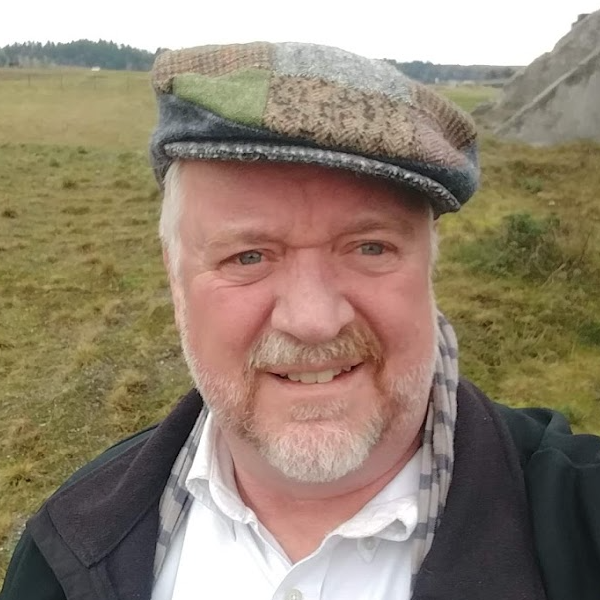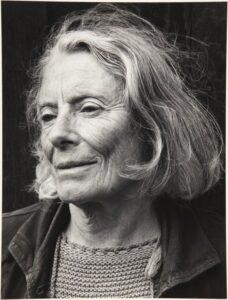
Ella Young by Ansel Adams
I got this email from Dorothea McDowell: if you are interested in Ella Young, Irish American history, GLBT history in America, or from the California Central Coast, you have to at least take a look at this project. Dorothea’s previous work captures the history and the poetic dimension of the life of Ella Young. And of course, I want to encourage you to donate something because every donation no matter how small will help move this project forward. Thanks!
Hello friends,
You are receiving this email because you and I have a connection to poet, storyteller, and mystic Ella Young. You have most likely helped me in my research into Ella Young for my book, Ella Young and Her World, or for a radio play produced for RTE in 2020 The Morrigan, or perhaps you have assisted as part of our current project, Halcyon Days, which will tell the story of Ella’s life and influence in America.
You can listen to The Morrigan for free. If you haven’t heard it in a while, give it a listen. It’s really quite good.
Under the name Tulsk Productions, the same team are working with me on Halcyon Days, about Ella’s life in America and her enduring cultural influence. This time, we will produce a limited-series podcast, available online, and hopefully broadcast in Ireland and the States. Eventually, we hope to raise enough money to make a film.
For now, we are raising money for the audio program. Have you seen our website at EllaYoung.org? We also have a short video on YouTube about the project.
In November, I’m traveling to California with our producer Linda Rosewood. (We’re funding the trip ourselves.)
Linda may have been in touch with you already. She lives in Ireland, but is a native Californian. Linda is our liaison to all things related to Ella Young in America. She has been finding new friends and grant writing opportunities.
Through her contacts, she has arranged for me to visit the redwood grove where Ella’s ashes were scattered. You can imagine what this pilgrimage will mean to me. We will also be visiting Ella’s home in Oceano and the settlement of Halcyon.
My dates in California are November 13 to 20. If you would like to meet up, please let me know.
I have one request. Will you visit our website, share it with your friends, and consider making a small donation to support Halcyon Days?
This time of year many charities need your support. But right now, even $1 or $5 donated before my California trip will have a big impact. Because I will be meeting with funding organizations, if we can show many individual supporters, they know that their contribution will have a bigger impact.
Your donation is tax-deductible in the US because we have fiscal sponsorship by the GLBT Historical Society of San Francisco. Clicking the “donate” button on EllaYoung.org will take you to their site.
Donate to Ella Young / Halcyon Days.
Even if you can’t make a donation now, I hope that you don’t mind if you receive an email from me now and then updating you on our progress. If you’d rather not hear from me, just let me know with an email reply.
Is mise le meas / Sincerely yours,
Dorothea McDowell
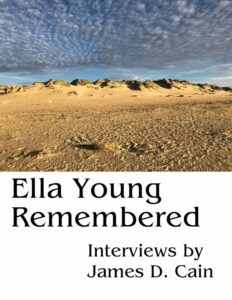 Exciting news! My dad’s book is finally out:
Exciting news! My dad’s book is finally out:



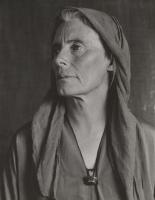


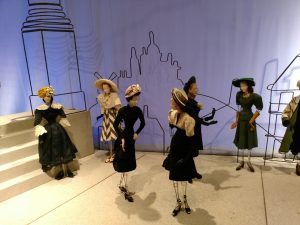
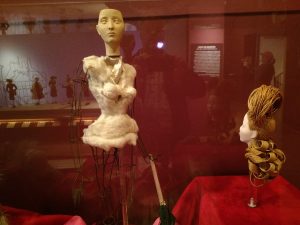
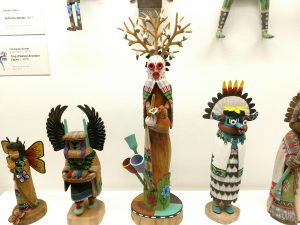
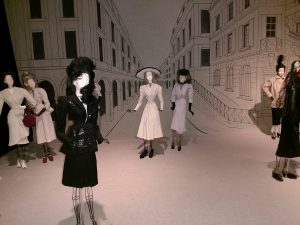

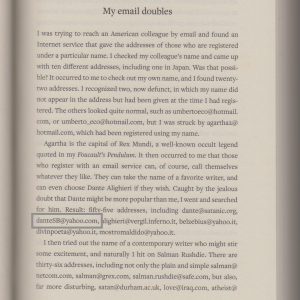 as a spam dump or throw-away email address. The cascading ironies around this is how I sometimes used this email address – for instance, I ran a
as a spam dump or throw-away email address. The cascading ironies around this is how I sometimes used this email address – for instance, I ran a 
